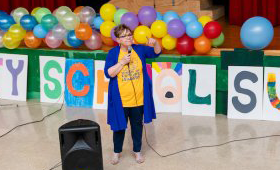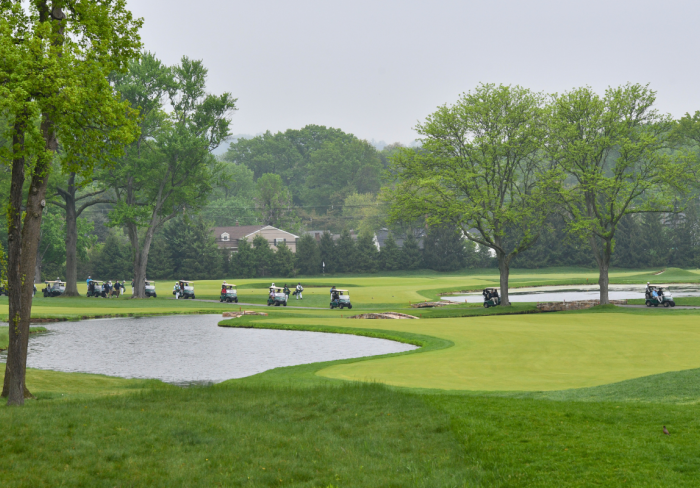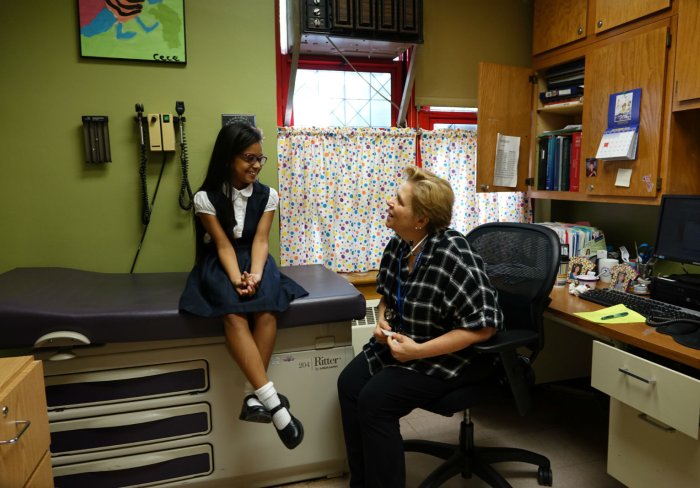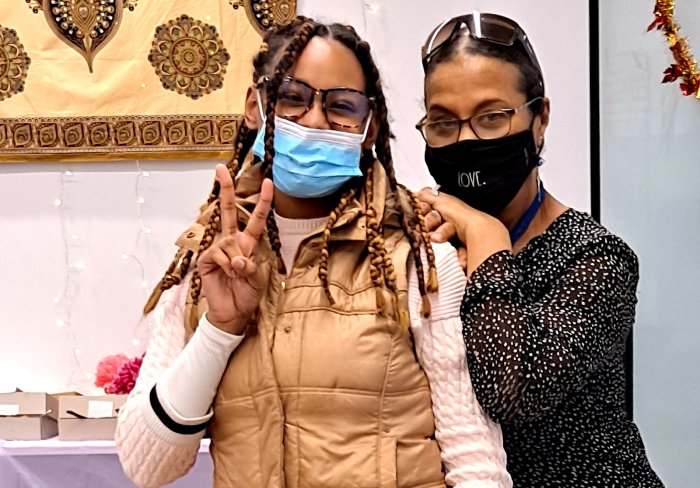Ron Cope asked the children to raise their hands if they knew someone personally who had been impacted by gun violence. In a room of about two dozen middle schoolers, about half of the students put a hand in the air.
Then he asked the children to raise their hands if they felt like they lived in a community that was safe from gun violence. Only three students put a hand in the air.
The conversation between Ron and these students was part of a series of listening sessions conducted by Children’s Aid and the Hispanic Federation this spring. The sessions – which reached several hundred students at four schools – were sponsored in part by a grant from the New York City Council.
Our desire was to understand the problems and the solutions that youth see during a time of rising gun violence in New York City and across the country. We also hoped to empower our youth to serve as catalysts for change in their communities.
Ron, the deputy director for Bronx community schools, led these listening sessions alongside Assistant Director of Public Policy Michelle Avila.
“We’re talking about ways to make our communities safer,” Michelle said. “The most important thing for us is to hear how the students are feeling, and then we take their input and share it with the community at large and with elected officials.”
The listening sessions were based in part on the Academy 4 Social Change Gun Violence Lesson Plan, which frames the issue of gun violence as a systemic and public health crisis. When asked to identify the causes of gun violence, the students identified issues ranging from the lack of mental health care resources to overly loose gun restrictions.
The students were then asked to propose potential solutions. Their suggestions included legal changes like raising the age for gun ownership; limiting the types of guns and ammunition that are legal to purchase; and expanding background checks and mental health checks for prospective buyers. But they also suggested cultural solutions, like changing the ways that everyone from their peers to famous musicians talk about guns and gun culture.
They also discussed their difficult relationship with law enforcement. Some students felt that a larger police presence in their communities would make them safer, while others felt that police did not offer any additional protections – and that, in fact, those police officers could cause further damage to their communities.
“What we’re trying to get them to think about is: How can we as young people change the communities we live in?” Ron said. “These children know their neighborhoods and love their neighborhoods, and they deserve to feel safe and happy at home. There are solutions at the policy level, at the community level, and at the individual level.”
The students were each given lunch and a gift card for participating in the program, and they were debriefed during follow-up sessions early in the summer.
“First we listened, and now we’re going to empower,” Ron said. “The next phase will be to help young leaders build their skills and their confidence so that they can start to create safer communities.”







